Small City, Big Data

Helsinki is using big data to empower citizens and to design a better city
Finland is synonymous with great design; bold Marimekko prints and Alvar Aalto architecture. Finnish design has been exported to the world, gaining the country a reputation for cool modernity. Helsinki was named World Design Capital in 2012 and Unesco recognises it as a Creative City of Design. But the city’s designers don’t rest on their laurels; they’re harnessing big data to enhance city planning and create a smart city.
Nesta, an independent innovation charity, published its CITIE analysis in September 2016 identifying successful policies for spurring innovation and entrepreneurship. The analysis named Helsinki in the world’s top five tech cities, alongside New York, London, Barcelona and Amsterdam. Helsinki stood out for its use of open data and focus on connecting planners to service users. According to Nesta “by adopting a highly collaborative approach to working with local entrepreneurs, Helsinki is developing high-quality digital solutions for citizens”.
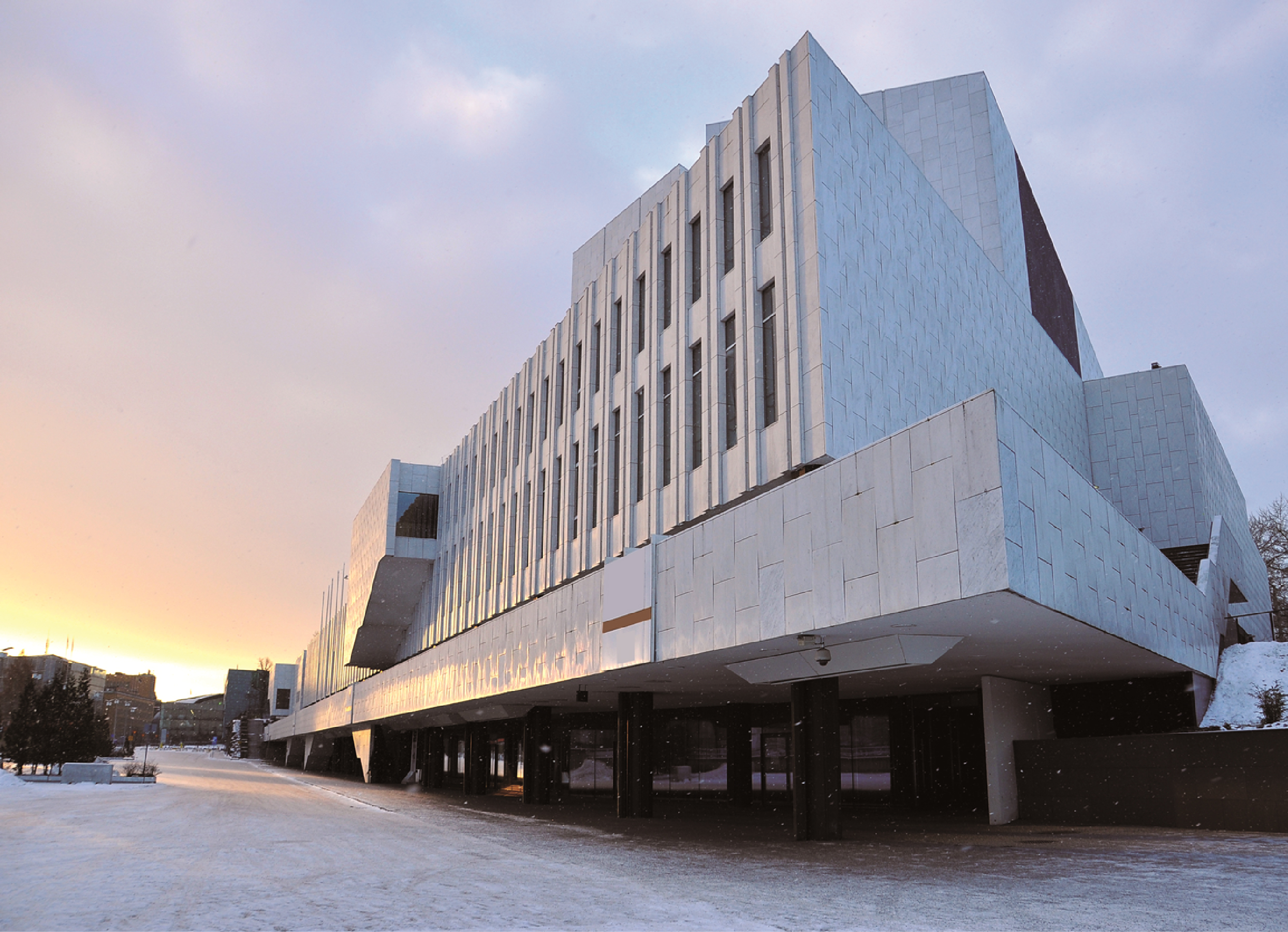
|
According to the Finnish design ethos, the goal of design is to serve and support the lives of ordinary citizens. Finnish architect and designer Alvar Aalto summed up his country’s design culture when he declared good design should be centred around “the little man in the street”. Helsinki’s contemporary design culture recognises the importance of communication between designers and commissioning agencies, with the public located at the core of the process influencing the design of the environment they inhabit. Helsinki’s planners have harnessed open data and citizen participation to revolutionise urban planning and systems design. Making data freely available enables entrepreneurs to create new products, lets designers optimise the systems and services they design and allows the public to see the whole process unfolding with transparency. For example, with input from entrepreneurs and service users, Helsinki has designed a highly integrated transport infrastructure incorporating both private and public modes of transport. This initiative harnessed the large-scale resources that only a city government can provide, combined with the radical thinking that normally only comes from tech startups like Uber, the ride-sharing app, or Ofo, the Chinese bike-sharing app. Although Uber and Ofo were created to attract investors and turn a profit for their developers, projects such as Helsinki’s Kerro Kartalla online participation channel are intended simply to improve the experience of living in the city. |
Helsinki’s transport infrastructure, public buildings, outdoor spaces and leisure facilities all stand to benefit from this joined-up approach to urban design. Kerro Kartalla, which roughly translates as “tell me on the map” is an online map-based service which allows members of the public to submit queries and feedback to the city’s public agencies and to directly influence matters from car parking to city parks, issues as problematic as traffic management or as mundane as garden slugs are all being addressed via Kerro Kartalla. It is just one of the ways in which hundreds of organisations and thousands of individuals are already participating in the the city’s transformation.
One project executed using Kerro Kartalla is placing shipping containers around the city to act as a blank canvas for street artists. The containers will occupy sites in the suburbs to complement the programme of street art projects in the city centre. Citizens can use Kerro Kartalla to suggest sites for the containers, providing their input by posting directly onto the Kerro Kartalla map. Contributions to the map can be written, or users can post photographs. Decisions on the containers’ locations are arrived at via an online questionnaire, open to the public on the Kerro Kartalla website. Local government departments help by providing information regarding how the containers can be lit, the cost of their relocation, environmental impact and accessibility issues.
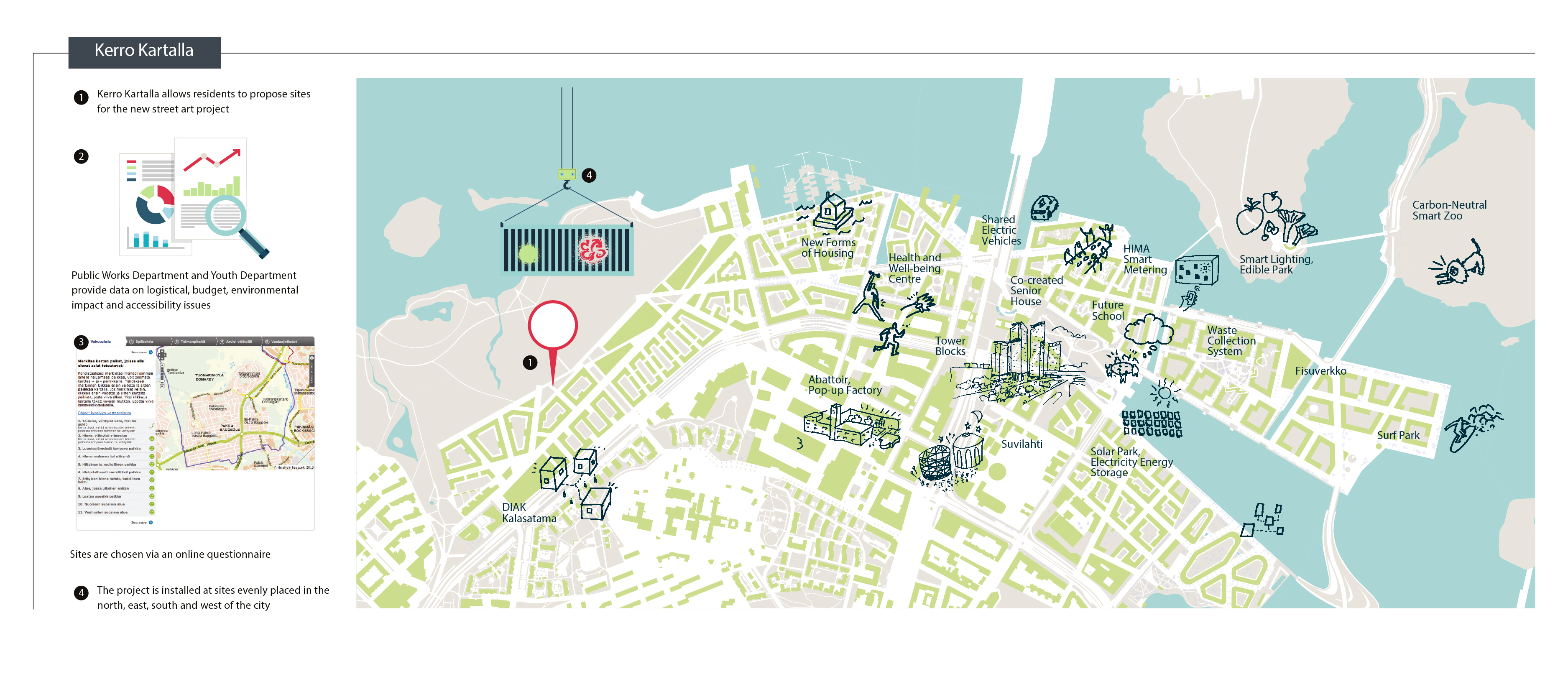
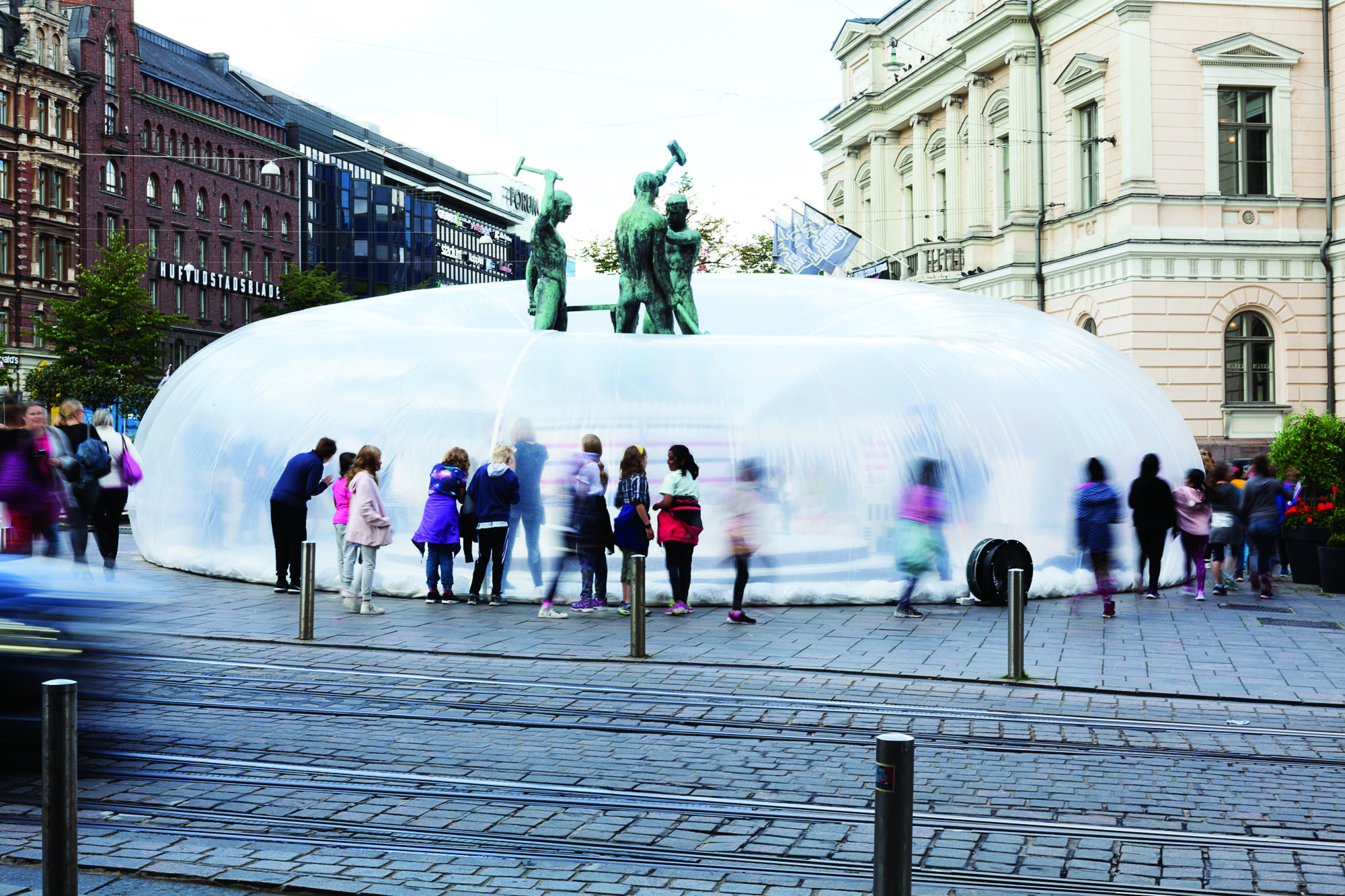
|
The Finnish focus on incorporating the user into design processes is nothing new; it is an essential part of the county’s culture. Throughout the rapid industrialisation of the 20th century, which saw Finnish companies such as Nokia achieving global reach and influence, Finland maintained its reputation as a progressive and egalitarian society. This is thanks in no small part to a design culture which privileges the needs of the ordinary citizen. In microcosm, Nokia epitomises the growth of Finland’s economy and its shift from manufacturing to service industries and gives an indication of the future direction for the country’s design industry. From its origins as a pulp mill, then a supplier of wellington boots to the Red Army, Nokia grew to become one of the world’s largest tech manufacturers, accounting for one-fifth of Finland’s exports by 2007. The recently announced reissue of their notoriously sturdy 3310 handset caused an immense stir among tech enthusiasts. However, rather than choosing to compete with the likes of Apple and Samsung in the smartphone market, the company has shifted its focus towards networking technologies, a move which has taken Nokia away from manufacturing towards service-based industries. That much anticipated 3310 reissue will not actually be made by Nokia. Rather, the design has been licensed to the manufacturer HMD. Finnish design has followed the same trajectory away from mass production towards services, systems design and intellectual property. Along the way, Helsinki has carved out a reputation for pioneering design in this new realm; Finnish designers are not concerned only with designing buildings, furniture and textiles, but also with creating better systems for living. |
Helsinki is now home to an array of exciting high-tech design, architecture and infrastructure projects; among the standouts is a new Central Library which will be a hub for the public engagement that open data allows, such as opportunities for entrepreneurship and greater participation in democracy. The aim of the Central Library is to create a joined-up process where citizens’ ideas can be implemented in developing new services. Not only is this new library intended to provide resources that will help citizens in their everyday lives, the entire process of developing and planning the library has been open to input from the general public. In Helsinki, access to open data and a focus on communication directly involves the public in urban design and infrastructure development to an extent unimaginable in any other city. With only 630,000 inhabitants, Helsinki is by far the smallest city to make Nesta’s top five list. Far from a disadvantage, being a smaller city may well be Helsinki’s trump card. Its excellence in communication is facilitated by having a smaller population than the other top-five cities. Furthermore, being a small city means ambitious - and potentially disruptive - overhauls of infrastructure and city-wide systems are more realistic than in larger cities. This is not to say larger cities cannot follow Helsinki’s lead. |

|

|
Providing an example that could easily catch-on elsewhere, Helsinki has underscored its progressive attitude to design by becoming one of the first cities in the world to appoint a chief design officer (CDO) Anne Stenros. The role of CDO is increasingly important in the corporate world, where companies are eager to harness the skills of designers to create better products and develop more efficient systems. While a city employing a chief design officer is still a novel idea, it is one that may well become influential around the world. As Stenros has put it, the job of the CDO in a city government is to “Strengthen the role of design as part of the City’s strategic planning” while networking with other cities “To share best practices and learn from each other. Listening to and understanding users in earnest and emphatic planning of services are in focus in this development”. In Stenros’ view, the city is a designed product, one that is not merely aesthetically pleasing but which can also be optimised to be beneficial to the user in new and original ways. Design, according to Stenros, is all about solving practical problems faced by ordinary citizens. “The task of the designer has always been to represent the voice of the users,” she has said. “The historical image of an artist who designs a product and signs it gives a very limited view of a designer’s work.” In Helsinki, service users, designers and governing bodies all collaborate on design processes. In an era dominated by big data, Helsinki is blazing a new |
Others
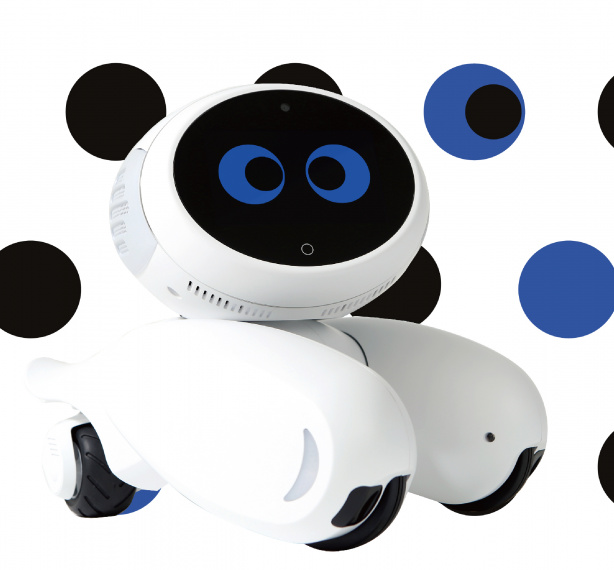
最新動態 | 1 September 2017
Robot Society

最新動態 | 1 September 2017
We need to talk about 'Tesign' - Design starting with Tech

最新動態 | 1 September 2017
Game Changers
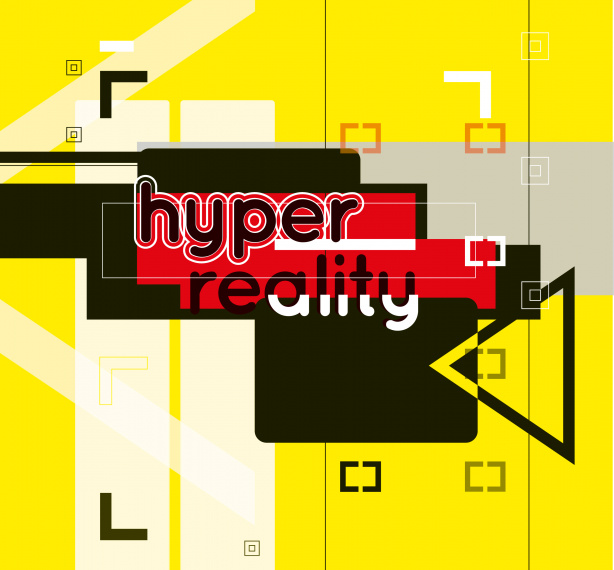
最新動態 | 1 September 2017
Hyper-reality

最新動態 | 1 September 2017
Battery Power
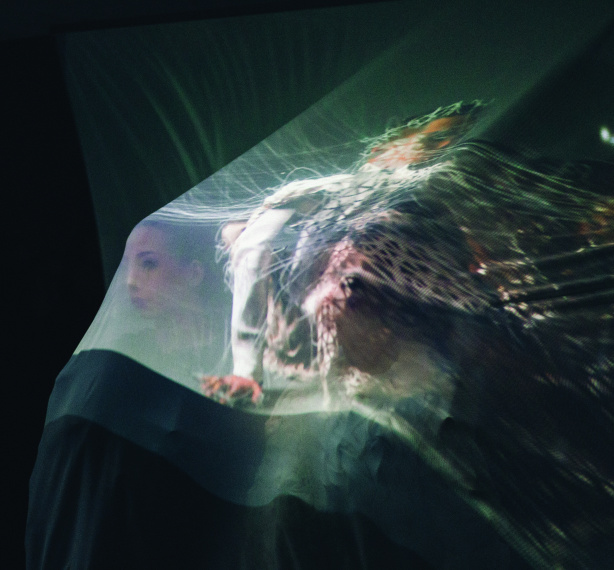
最新動態 | 1 September 2017
When Art, Fashion and Music Collide
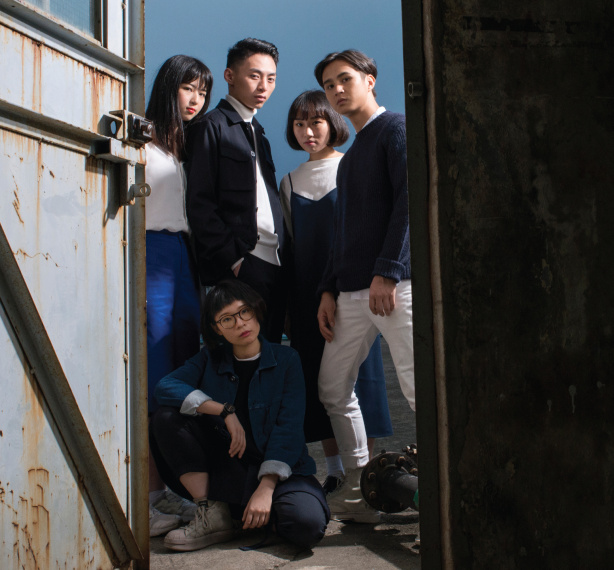
最新動態 | 1 September 2017
Designers Making a Difference
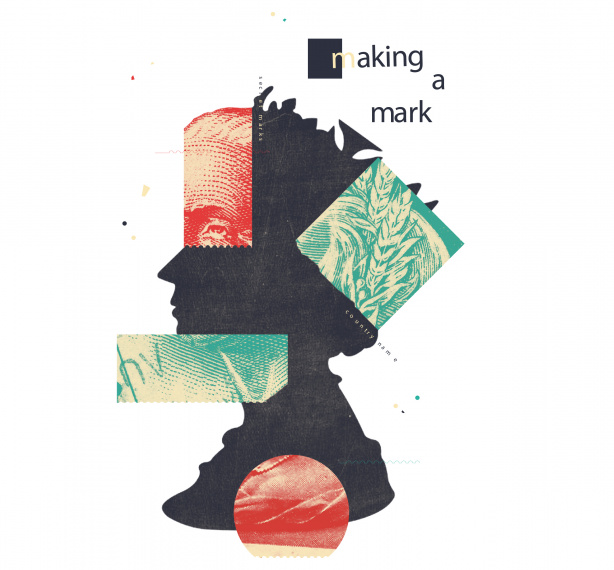
最新動態 | 1 September 2017
Making a Mark

最新動態 | 1 September 2017
